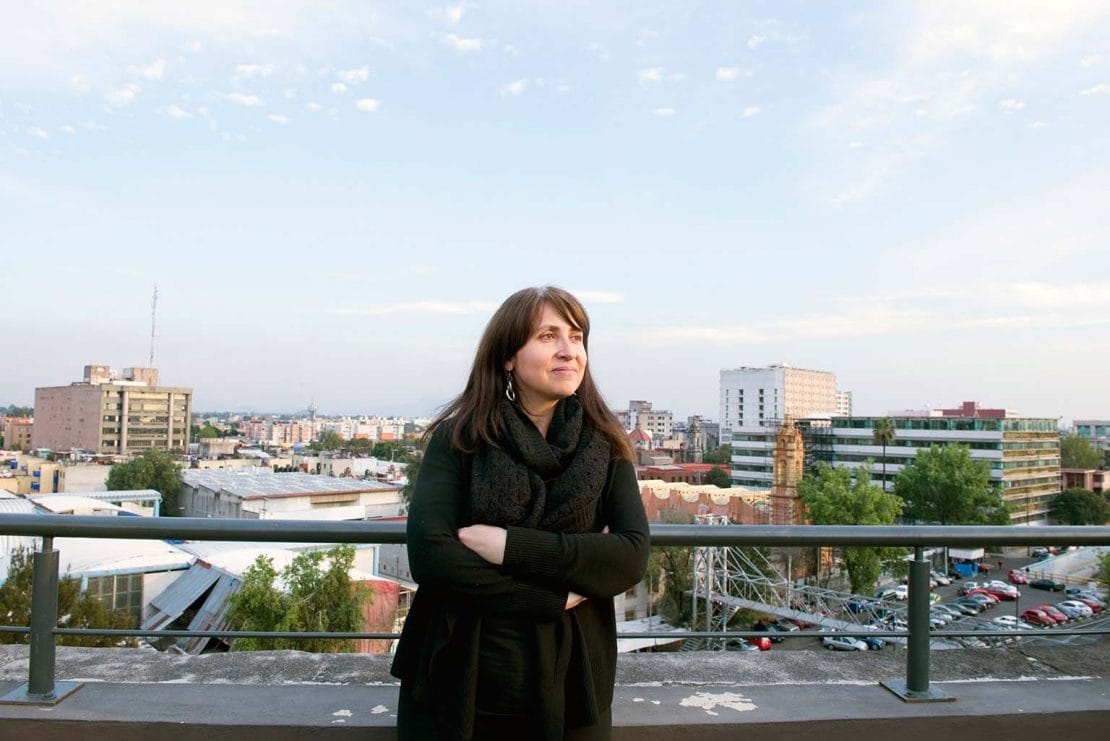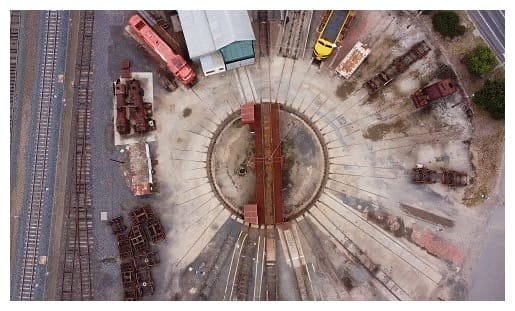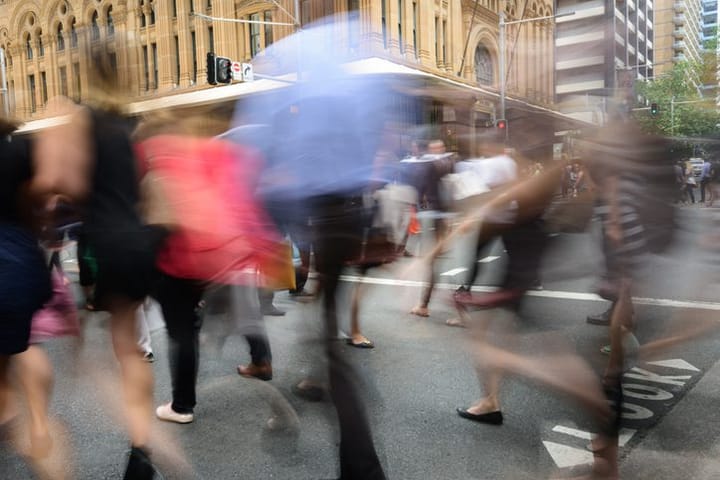Making places for innovation; lessons from Mexico City
Simon White | This article considers the role of local government in supporting innovation and profiles Mexico City.

How local governments can support social and innovation through collaboration.
While the national buzz around innovation in Australia appears to have somewhat subsided, there is growing evidence of the role local actors can play in stimulating innovation.
Local innovation ecosystems nurture private and public innovation. National policy frameworks are important, but state and local initiatives have a major role to play.
Innovation goes beyond the narrow definitions of technological and commercial disruption. Among the many new approaches to innovation we can learn from is the example of local government innovation in the teeming metropolis of Mexico City.
With a population of nine million people, Mexico City is larger than any Australian city. And while it faces a wide range of developing economy challenges, it has demonstrated a unique ability to engage people from all walks of life in the process of innovation.
Innovation in Mexico City goes well beyond the commercial start-up and includes new ways of interacting with local people and finding new creative response to practical problems.
The innovation lab: Laboratorio para la Ciudad
Back in 2012, the new mayor of Mexico City began his six-year term and some months later the Laboratorio para la Ciudad was launched. This is a special kind of publicly funded urban innovation lab. The lab was founded and directed by Gabriella Gomez-Mont, who reported to the Mayor. It was clear from the outset; this lab was going to be different.
As the city’s experimental office for civic innovation and urban creativity, Laboratorio para la Ciudadapplied a multi-disciplinary approach to local social and economic challenges. It supported innovations in government, the private sector and civil society and provided a space for rethinking, reimagining and reinventing the way citizens and government can work together towards a more open, more liveable and more imaginative city.
The lab organised Mexico City’s first maker festival in 2014, committed to connecting and empowering the city’s community of designers and makers.
With some 20 full-time staff, averaging 29 years of age, Laboratorio para la Ciudad, combined experience in urban planning, civic tech and architecture, with social activism and the creative sectors such as filmmaking, art and history.
Creative ways of dealing with change and risk
In her former role as Chief Creative Officer for Mexico City, as well as founder of the Urban Task Force soon to be officially launched, Gomez-Mont orchestrates creative responses to the challenges cities are facing.
She describes the lab’s method as provoking ‘creative coping strategies’. These strategies give civil servants the motivation to deal with change and risk.
The lab operates differently from the average government unit. It hires short-term experts from the private, public and academic sectors, within the city and further afield. Past experts have included designers from Paris and a professor from UCLA.
A good example of the lab’s work is displayed in its efforts to deal with Mexico City’s notorious taxi problem. The poor reputation of the city’s 100,000 registered taxis meant that people preferred to drive. This led to increased traffic and parking congestion. One official study attributed 30 per cent of traffic to people looking for a place to park. The lab’s team of coders created an app, called Traxi, which rebuilt public trust in taxis through accountability––passengers can snap a photo of the taxi license plate to confirm its legal status and can also see how other passengers rated their experience with the taxi.
Another example of the lab’s work is Artefacto Urbano: an articulated tube-like ‘parasite’ structure, designed by award-winning Mexican artists Gilberto Esparza and Marcela Armas. The object was positioned in four spots around the city’s historic core. Local people would enter the structure and share their opinions, stories and ideas with a representative of the lab. Gomez Mont describes this as ‘a wild creature that inhabits the space in a new way. The Artefacto Urbano, the lab was able to ‘use curiosity and fascination as a political tool.’
Though it launched with city funding, which still pays employees’ salaries, 70 per cent of funding for the lab now comes from international NGOs like the Hewlett and Omidyar foundations, which enables necessary agility of projects and collaborators.
Collaboration as core
The lab is a platform for collaboration. This approach constantly seeks new proposals and approaches to dealing with the problems and opportunities of the city through collaborative efforts, both within government and through civil society.
Gabriella describes collaboration as the essence of her approach. It is the core of a new model she is currently working on:
a new type of nomadic and creative office specialized in cities – and that constantly shifts shape to accommodate high-level, transdisciplinary collaborations across the world. Tailor-made teams congregate for each project or challenge work in the context of complex and dynamic realities, exploring new paradigms, creating unique knowledge structures for urban inquiry, experimentation and governance.
Facilitating citizen participations and a new city constitution
In an interesting, parallel development, the Mexico City mayor initiated a highly participatory process to write a new constitution for the city. First, a 28-person drafting committee was formed drawn from a range of city residents with different backgrounds and expertise. Second, a 100-member constitutional assembly approved the document. The process for developing the new constitution was unlike any before it. The Laboratorio para la Ciudadused a massive ‘crowdsourced’ online campaign and survey to manage the process of public submissions.
As a result, in February 2017, Mexico City approved its first political constitution as an autonomous city. Before this date, Mexico City was a federal district under control from the central government in areas such as fiscal, credit and security policies. The constitution is a step towards decentralisation, local autonomy and local democracy, ‘giving political adulthood to one of the largest metropolitan areas in the world’.
Mexico City and initiatives such as Laboratorio para la Ciudad, represent a new way for local government in thinking about innovation and civic engagement.
Gabriella Gomez-Mont comes to town
Gabriella Gomez-Mont is in Australia this week at the invitation of the Town Teams Movement in Western Australia. She is an MIT Director´s Fellow, a Yale World Fellow, a TED Senior Fellow, an Institute for the Future Fellow, a Georgetown University Global Cities visiting Fellow, a Salzburg Seminar Fellow, a Fabrica Alumni and a World Cities Summit Young Leader.
Her visit offers the opportunity to learn more about the ways local innovation can be nurtured in the public, private and community sectors.
Get in touch!
If this post deals with issues of interest to you or you want to talk more about how strategies that support local innovation, then feel free to get in touch.
Also, check out the MyPlaceMatters website.
Simon White
Economic Growth | Business Development | Job Creation


